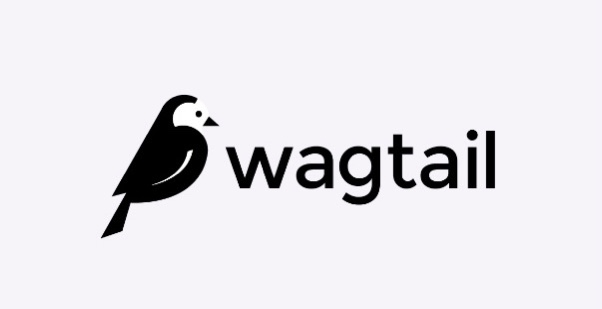Learning about Wagtail - Wagtail needs
 Esther Christopher
Esther Christopher
This time last year, I was doing the same thing I’m doing right now. Learning about Wagtail. But this time with a deeper intent and purpose. My quest for knowledge to completely understand Wagtail. Additionally, Wagtail's Outreachy project idea - Accessibility features documentation. In the course of understanding this, I've had to gain some preliminary knowledge. I’ll share them here in a few words.
Understanding Content Management System (CMS)
Striving to completely understand Wagtail, a CMS, has made me learn what a CMS is. A Content Management System is a software application used to create and manage digital content and to develop a website. It is often used for web content management. Enterprises use it for content management in larger contexts. A CMS can either be traditional or headless. In a traditional CMS, the backend is coupled with the front end. The backend contains the database and the application logic. The front end displays the user interface content and is where users interact.
The upside to traditional CMSs is that it has a monolithic architecture. This makes it easier to set up websites or blogs. The drawback is if you change the front-end technology, you might also have to change the backend.
Examples of traditional CMSs include Wagtail, WordPress, Joomla, etc.
On the other hand, a headless CMS has its backend separate from its front end. This means that the CMS doesn't concern itself with displaying the content. The benefit of a headless CMS is its flexibility. It allows developers to build the front end using their preferred technologies. The drawback is the increased development effort. It requires developers to build the presentation layer from scratch. Examples are Contentful and Strapi.
Understanding Wagtail as a CMS
Wagtail is an open-source content management system built on the Django framework. It is a traditional CMS but it has some support for headless use. Developers are still improving some features to enhance the headless experience.
Wagtail has some exciting features that make it popular. Some of these are:
Its intuitive admin interface. Its admin user interface makes it easy for content editors to manage their content.
Extensibility. This feature allows for customization with plugins. Enabling developers to tailor the CMS to specific project requirements.
Multi-language and multi-site support. Wagtail supports setups for many languages and many websites. Even from a single Wagtail instance.
Understanding Wagtail needs
Wagtail usually makes updates to its core system. In light of this, Wagtail currently aims to document its accessibility features. This is in line with the ATAG 2.0 standard. Hence the need for the Accessibility features documentation project. It also aims to improve its website to address accessibility issues. Also to make possible improvements in its audit. Hence the need for the Wagtail.org website accessibility project.
Conclusion
In this mini blog post, you learned what a CMS is and the types of CMS. You also learned about Wagtail, its features, and the areas slated for improvement.
Subscribe to my newsletter
Read articles from Esther Christopher directly inside your inbox. Subscribe to the newsletter, and don't miss out.
Written by

Esther Christopher
Esther Christopher
Esther is a Technical writer who has specific interests in software and API documentation. She is also a front-end developer who loves to share her knowledge of programming concepts on her blog and for other publications. She is also an Open Source advocate.